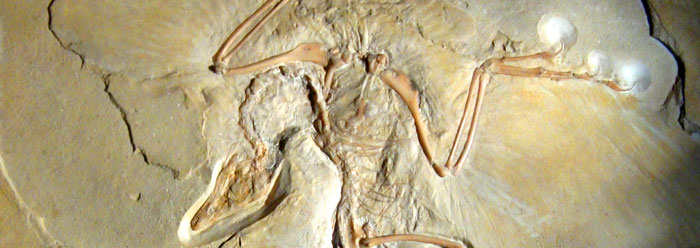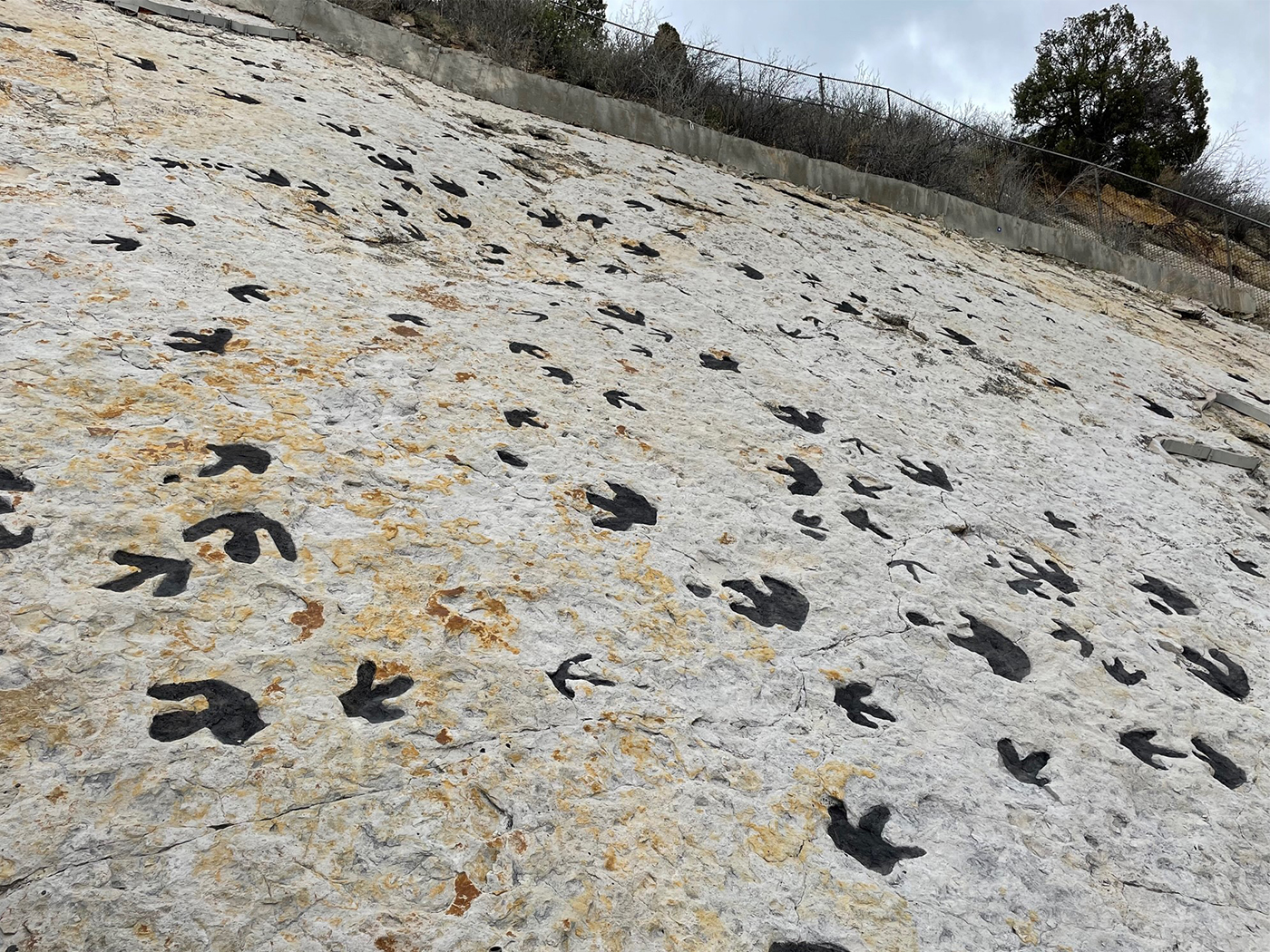Science gained a victory when South Korea's Ministry of Education, Science and Technology announced last month that textbook publishers will correct editions that contain misinformation regarding evolution. The push for the corrections is being led by the Society for Textbook Revise. Nature reported that the revisions will remove "examples of the evolution of the horse or of avian ancestor Archaeopteryx."1
Zoologist and Institute for Creation Research senior lecturer Frank Sherwin said that statement isn't entirely accurate. "Archaeopteryx has always been Archaeopteryx," he said. "It didn't evolve. Paleontologists have unearthed a total of 11 of these specimens, and most agree it was of a single species. So, where's the evolution?"
Mr. Sherwin, co-author of The Fossil Record with geologist and ICR president Dr. John Morris, recently wrote an Acts & Facts article with ICR science writer Brian Thomas that stated:
The idea that dinosaurs evolved into birds is also misleading. The poster child of Darwinian change is Archaeopteryx, an alleged link via therapod dinosaurs between reptiles and birds. However, unlike dinosaurs, Archaeopteryx had a large braincase for the increased motor control and sensory input that were required for flight. Theropods had a lizard-like pelvis that was distinct from a bird's frame. Furthermore, Archaeopteryx had a robust furcula (wishbone), a trait characteristic of strong fliers—one that keeps flight muscles from crushing the bird's delicate internal air sacs. No evidence supports the story that such fully formed wings with fused clavicles "evolved from" the tiny, clavicle-free theropod forelimbs. Even claw measurements of Archaeopteryx fall within the range of true perching birds [A. Feduccia2]. It was a bird without a single transitional feature.3
Mr. Sherwin also said that the removal of horse evolution from textbooks is good for science, especially in light of a 2009 study appearing in the Proceedings of the National Academy of Sciences that called for "revising the recent evolutionary history of equids [animals including horses, zebras, and donkeys] using ancient DNA."4
"'Horse evolution' has fallen upon very bad times," Mr. Sherwin said. "Consider this: Many specimens placed as separate species are actually variations of the same species. That team of 22 international researchers found that for evolution to be true as taught in textbooks, there had to be sudden bursts of diversification—Cambrian-like explosions within the horse family. That's contrary to Charles Darwin's prohibition of great and sudden leaps."
He continued, "Reading the research, one concludes these animals suddenly appeared in the fossil record without the expected gradual evolutionary transitions. Horses then appeared quickly all over the world. Finally, as expected by creation scientists, the skeletal features of fossil horses do not match up with the molecular data (ancient DNA) that they studied."
Students, whether in South Korea or other parts of the world, deserve the best education their countries can offer them. Correcting inaccuracies in textbooks is an important step in the right direction.
References
- Park, S. B. 2012. South Korea surrenders to creationist demands. Nature. 486 (7401).
- Feduccia, A. 1993. Evidence from Claw Geometry Indicating Arboreal Habits of Archaeopteryx. Science. 259 (5096): 790-793.
- Sherwin, F. and B. Thomas. 2012. Did Some Dinosaurs Really Have Feathers? Acts & Facts. 41 (6): 16-17.
- Orlando, L. et al. 2009. Revising the recent evolutionary history of equids using ancient DNA. Proceedings of the National Academy of Science. 106 (51): 21754-21759.
* Ms. Dao is Assistant Editor at the Institute for Creation Research.
Article posted on June 8, 2012.
















